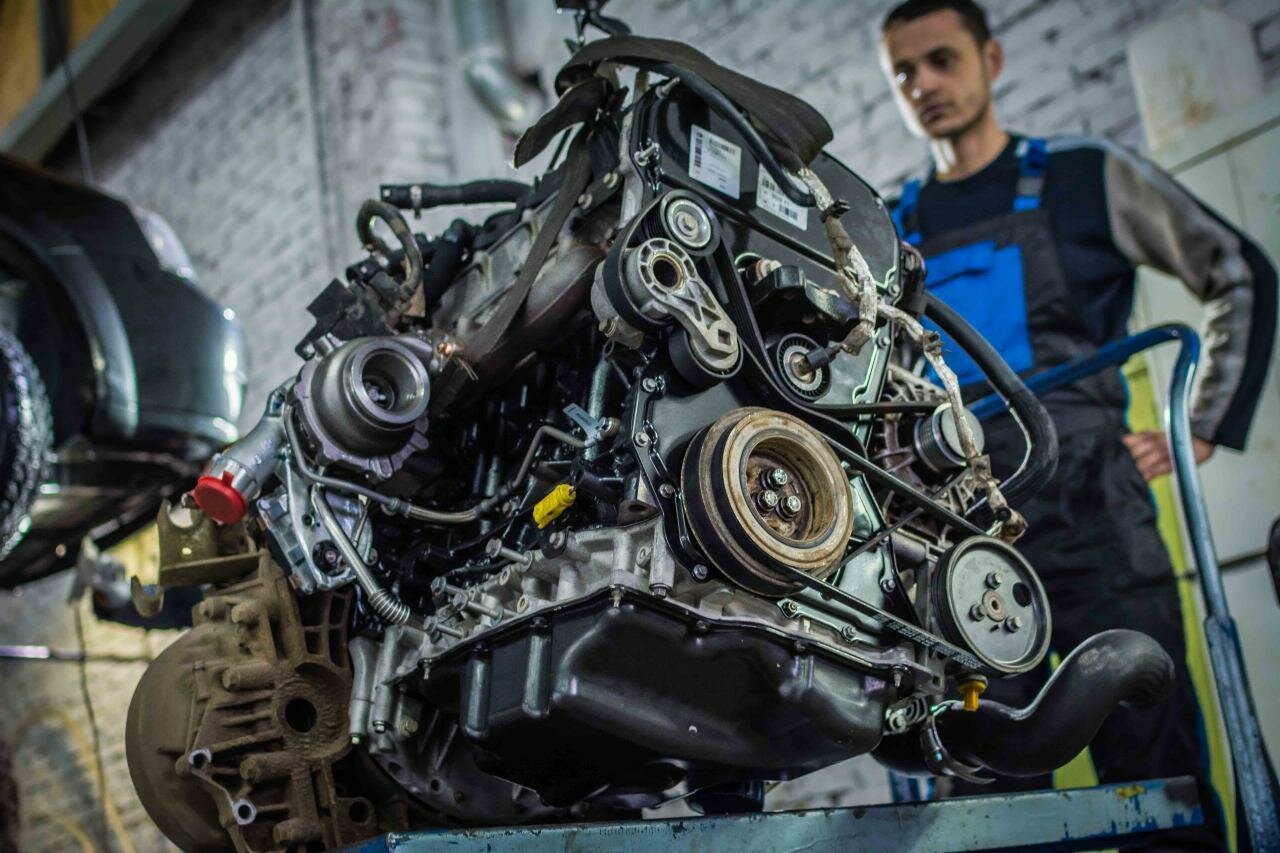Kia CVVT Engine Overview
History and Development
Kia Motors, a South Korean automobile manufacturer, has made significant strides in the automotive industry since its inception in 1944. Initially focused on producing bicycles and later expanding into motorcycles and trucks, Kia transitioned to passenger vehicles in the late 1970s. The introduction of the Kia Pride in 1986 marked the company’s entry into the global automotive market. Over the years, Kia has evolved, adopting advanced technologies to enhance engine performance and fuel efficiency.
One of the notable innovations from Kia is the Continuously Variable Valve Timing (CVVT) system. This technology was developed to optimize engine performance by adjusting the timing of the intake and exhaust valves based on driving conditions. The CVVT system aims to improve fuel efficiency, reduce emissions, and enhance overall engine responsiveness. While this technology has been a game-changer for many Kia models, it has not been without its share of problems.
As Kia’s popularity surged in the early 2000s, particularly in markets like North America and Europe, the CVVT engine became a staple in several models, including the Kia Optima and Kia Sorento. However, as with any automotive technology, issues began to surface. Owners reported various problems related to the CVVT system, raising concerns about reliability and long-term performance. Understanding these issues is crucial for current and prospective Kia owners, as they can impact vehicle safety and maintenance costs.
This article delves into the specific problems associated with Kia’s CVVT engines, examining the root causes, symptoms, and potential solutions. By shedding light on these issues, we aim to provide valuable insights for Kia owners and enthusiasts alike.
Kia CVVT Engine Problems: An In-Depth Analysis
Common Issues with CVVT Engines
Kia’s CVVT engines have garnered attention for their innovative design and performance enhancements. However, several recurring problems have emerged, causing frustration among owners. Understanding these issues is essential for maintaining the longevity and reliability of Kia vehicles equipped with CVVT technology.
1. Timing Chain Tensioner Failure
One of the most significant issues reported by Kia owners is the failure of the timing chain tensioner. This component is crucial for maintaining the proper tension of the timing chain, which synchronizes the engine’s camshaft and crankshaft. When the tensioner fails, it can lead to:
- Engine misfires
- Rough idling
- Increased engine noise
- Potential engine damage
2. Oil Sludge Buildup
Another prevalent problem is oil sludge buildup, which can occur due to inadequate oil changes or poor-quality oil. Sludge can clog the oil passages, leading to insufficient lubrication of the engine components. This can result in:
- Overheating
- Increased wear and tear
- Engine knocking sounds
- Complete engine failure
3. Variable Valve Timing (VVT) Sensor Malfunction
The VVT sensor plays a critical role in monitoring the position of the camshaft. A malfunctioning sensor can lead to incorrect timing adjustments, causing:
- Reduced engine performance
- Poor fuel economy
- Check engine light activation
4. Engine Stalling
Some Kia models with CVVT engines have reported issues with engine stalling, particularly during acceleration or when coming to a stop. This can be attributed to various factors, including:
- Fuel delivery issues
- Electrical problems
- Faulty sensors
5. Excessive Oil Consumption
Excessive oil consumption is another concern for Kia CVVT engine owners. This problem can lead to frequent oil top-ups and may indicate underlying issues such as:
- Piston ring wear
- Valve seal failure
- Oil leaks
Top views |
|
|---|---|
 |
Oil, Timing Chains, Pistons: What Really Kills an Engine Prematurely? |
 |
How to Choose a Car with a Reliable Engine: Used Car Market Hacks That Actually Work |
Symptoms and Consequences
To better understand the impact of these problems, it’s essential to recognize the symptoms that may arise and their potential consequences. The following table summarizes the key symptoms and their associated consequences:
| Symptoms | Consequences |
|---|---|
| Engine misfires | Reduced performance, potential engine damage |
| Rough idling | Increased wear on engine components |
| Increased engine noise | Potential for serious engine failure |
| Check engine light activation | Indicates underlying issues needing immediate attention |
| Engine stalling | Loss of power, potential accidents |
| Excessive oil consumption | Frequent maintenance, potential engine failure |




0 Comments